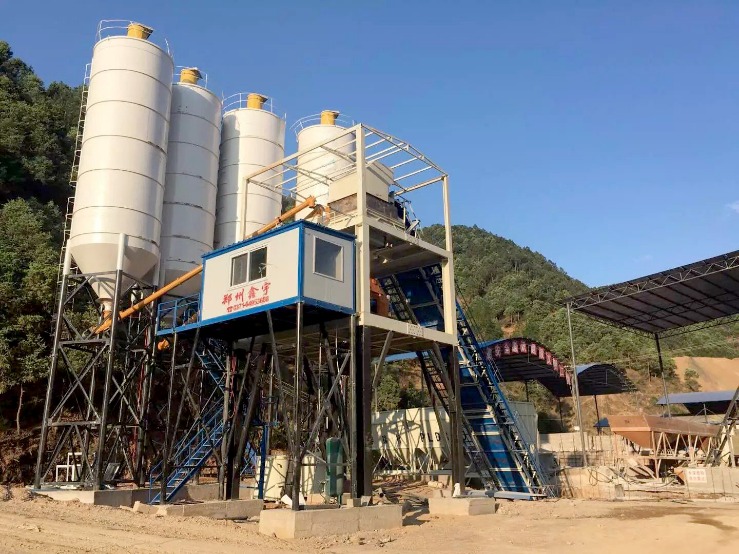In today’s fast-paced world, the significance of subsurface imaging technologies cannot be overstated. This article delves into the various applications of Ground Penetrating Radar (GPR), Utility Locating, Concrete Scanning, Concrete X-ray, Rebar Locating, and Electrical Locating.
Ground Penetrating Radar (GPR)
Ground Penetrating Radar is an advanced method used to detect objects and changes in material properties below the surface. GPR offers a non-destructive solution for exploring subsurface areas.
- Utility Locating
- Concrete Scanning
- Rebar Locating
- Electrical Locating
Utility Locating
Utility locating involves mapping and identifying underground utilities. This is critical for construction and maintenance projects, ensuring the safety of workers and the integrity of infrastructure.
Concrete Scanning
Concrete scanning is crucial for assessing the interior of concrete structures. By using GPR, engineers can detect voids, rebar, and other anomalies within the concrete, aiding in maintenance and safety evaluations.
Read more about Ground Penetrating Radar here.
Concrete X-ray
Concrete X-ray technology functions similarly to concrete scanning but uses X-rays to see through concrete. This is especially useful for projects requiring rigorous safety standards or highly detailed imagery.
Rebar Locating
Locating rebar within concrete structures is essential for construction and engineering projects. Using GPR and concrete x-ray technologies, teams can precisely pinpoint rebars, ensuring proper modifications and reinforcements.
Electrical Locating
Ensuring the proper location of electrical lines is vital for any construction or excavation project. GPR provides a non-invasive means to accurately map electrical lines, mitigating risks and preventing costly damages.
Advantages of Subsurface Imaging Technologies
These technologies offer numerous benefits, including:
- Accuracy: High precision in locating subsurface objects and inconsistencies.
- Non-invasive methods: Minimizes the need for disruptive excavation.
- Safety: Enhances the safety of construction projects by identifying potential hazards.
- Cost-effectiveness: Reduces unexpected delays and repairs, lowering overall project costs.
FAQs
What is the primary use of Ground Penetrating Radar?
The primary use of GPR is to detect and map subsurface features, including pipes, cables, voids, and other anomalies.
How does concrete scanning differ from concrete x-ray?
Concrete scanning uses GPR to create images of subsurface structures, while concrete x-ray employs X-ray technology for more detailed imagery.
Why is utility locating important?
Utility locating is essential to prevent damaging underground utilities, which can lead to service disruptions, safety hazards, and costly repairs.
Can GPR detect electrical lines?
Yes, GPR is an effective method for detecting and mapping electrical lines beneath the surface.
Innovative subsurface imaging technologies, such as GPR, concrete scanning, and utility locating, are invaluable tools for modern construction and engineering projects. They not only enhance safety and accuracy but also contribute to cost savings and project efficiency. Whether it’s locating rebar within concrete or identifying electrical cables, these technologies are indispensable for effective infrastructure management.


